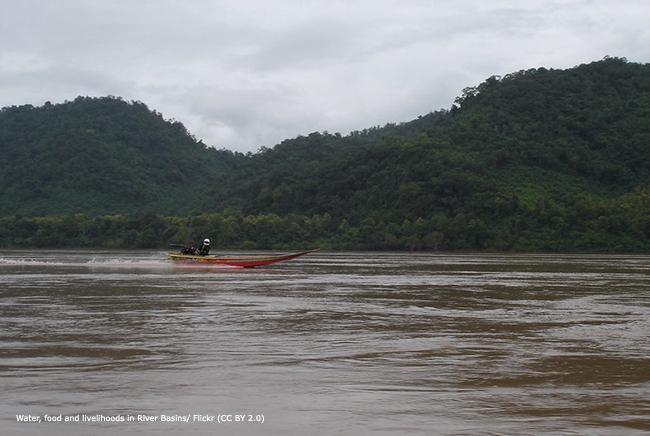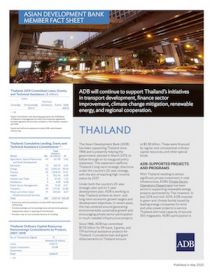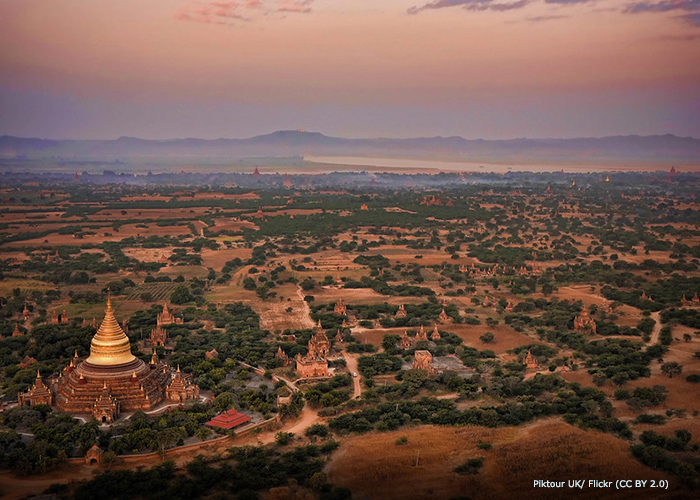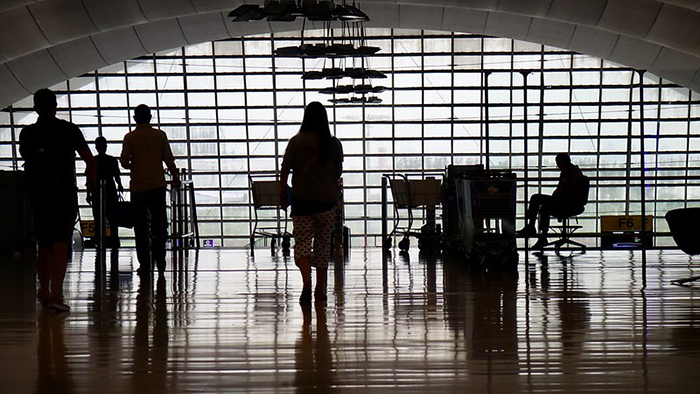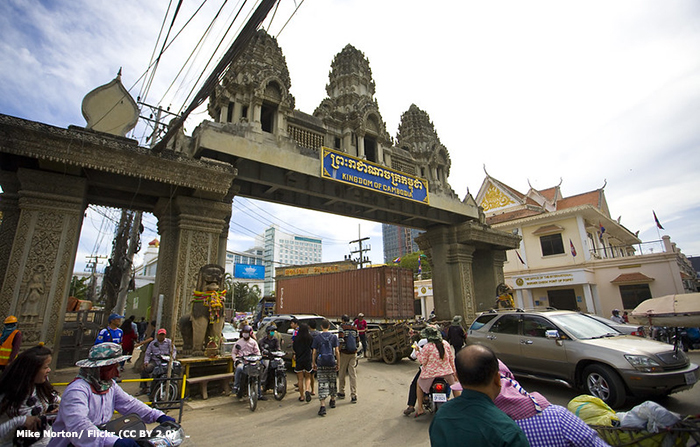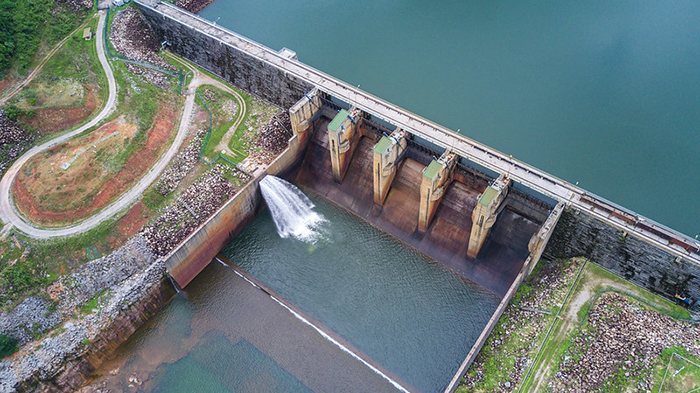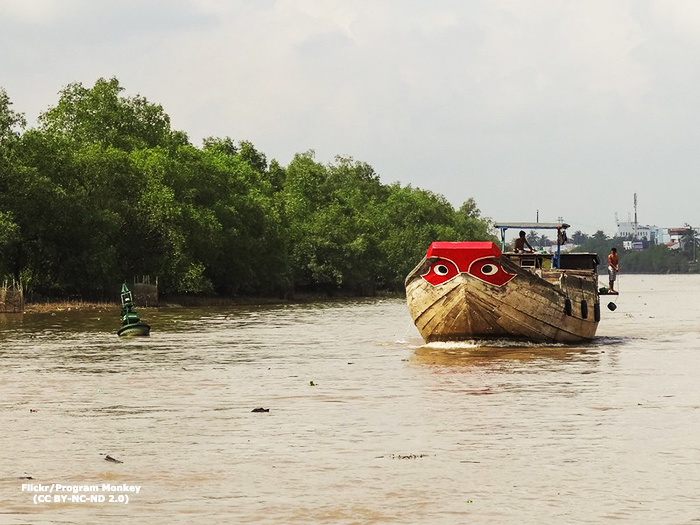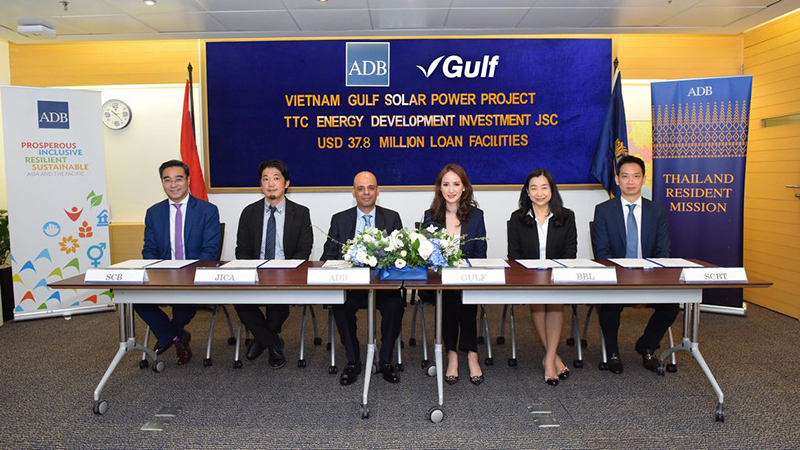Mekong River Commission Joint Committee Endorses Basin Development Strategy
The Mekong River Commission (MRC) Joint Committee endorsed ad-referendum the 10-year Basin Development Strategy. The Strategy aims to guide Mekong River Basin stakeholders in addressing environmental, social, and economic issues arising from climate change, water resource development projects, and population increase. Its endorsement paves the way for a final consideration and approval by the MRC’s council of ministers.

